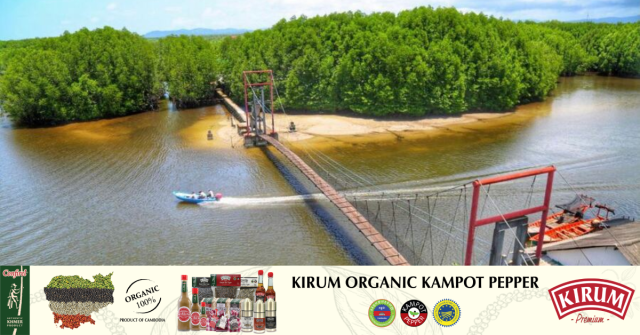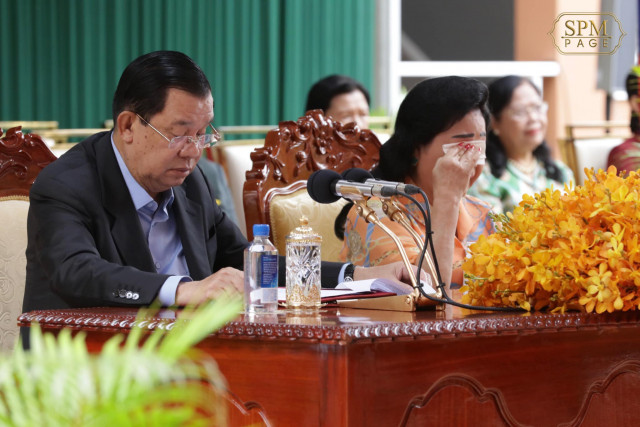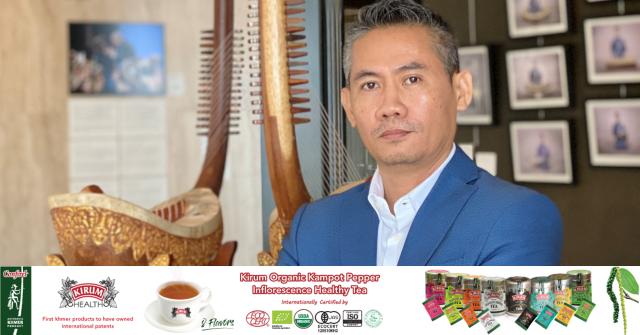Biodiversity: More than 700 Species Inventoried in a Mangrove to the Great Surprise of Experts

- By Cambodianess
- April 21, 2024 10:00 AM
At a time when we often talk of the extinction of animal species due to global warming, deforestation or pollution caused by human activity, a study in the Peam Krasop Wildlife Sanctuary and the Koh Kapik Ramsar Site in the southern region of Cambodia has revealed an especially impressive diversity of plant and animal species.
“We found 700 different species in these mangrove forests but we suspect we have not even scratched the surface,” said Stephanie Rog, the leader of the survey team, whose report was released a week ago according to a story in the British newspaper The Guardian on April 14. “If we could look at the area in even greater depth we would find 10 times more, I am sure,” she said.
For this field study funded by the nature conservation NGO Fauna & Flora International, researchers used more than 50 camera traps installed between 2022 and 2023, which made it possible to observe fauna and flora all year long.
Rare species such as the fishing cat (Prionailurus viverrinus), an animal slightly bigger than a domestic cat with partially webbed forepaws, the hairy-nosed otter (Lutra sumatrana) considered the rarest and least known otter species in Asia, as well as the critically endangered Sunda pangolin (Manis javanica) could therefore be photographed.
For anyone who cares about nature, reading this report (https://www.fauna-flora.org/publications/mangrove-biodiversity-report-cambodia-2023/) released on April 14 is magic. Its publication led to news stories throughout the world, making Cambodia an example in biodiversity.
Cambodia’s archeological heritage—a real gold mine—is the focus of all attention. Let’s hope that this report will encourage the authorities to make as much effort to protect biodiversity, which contributes to the country’s reputation.















